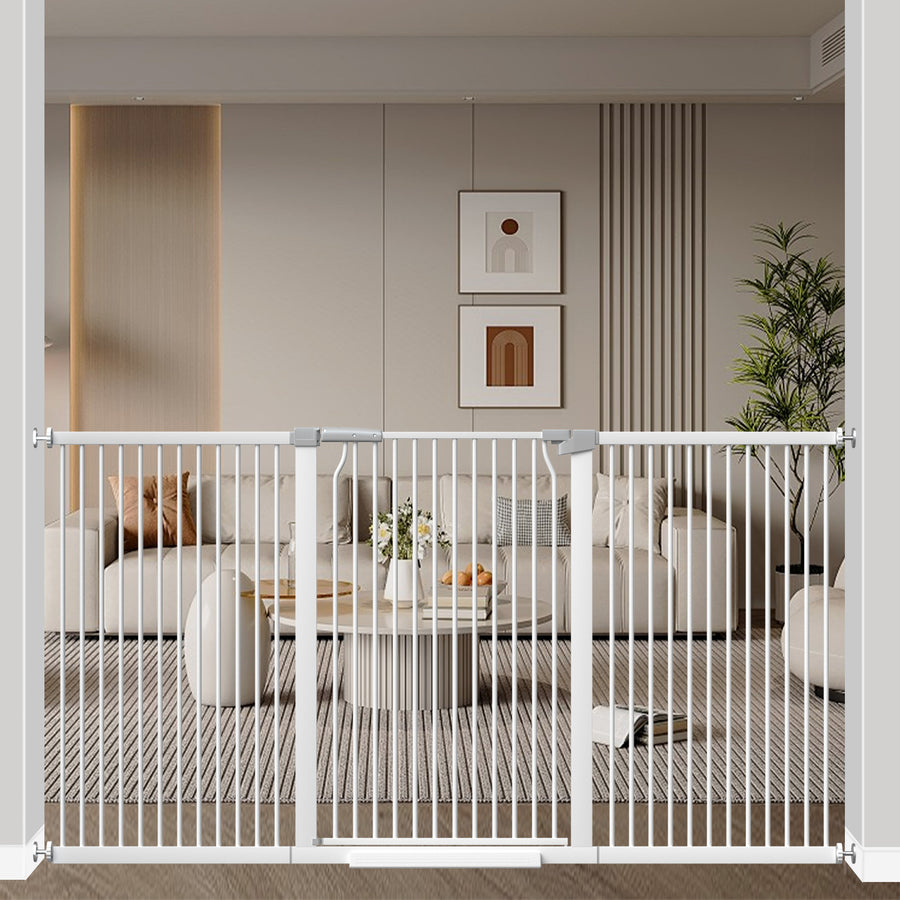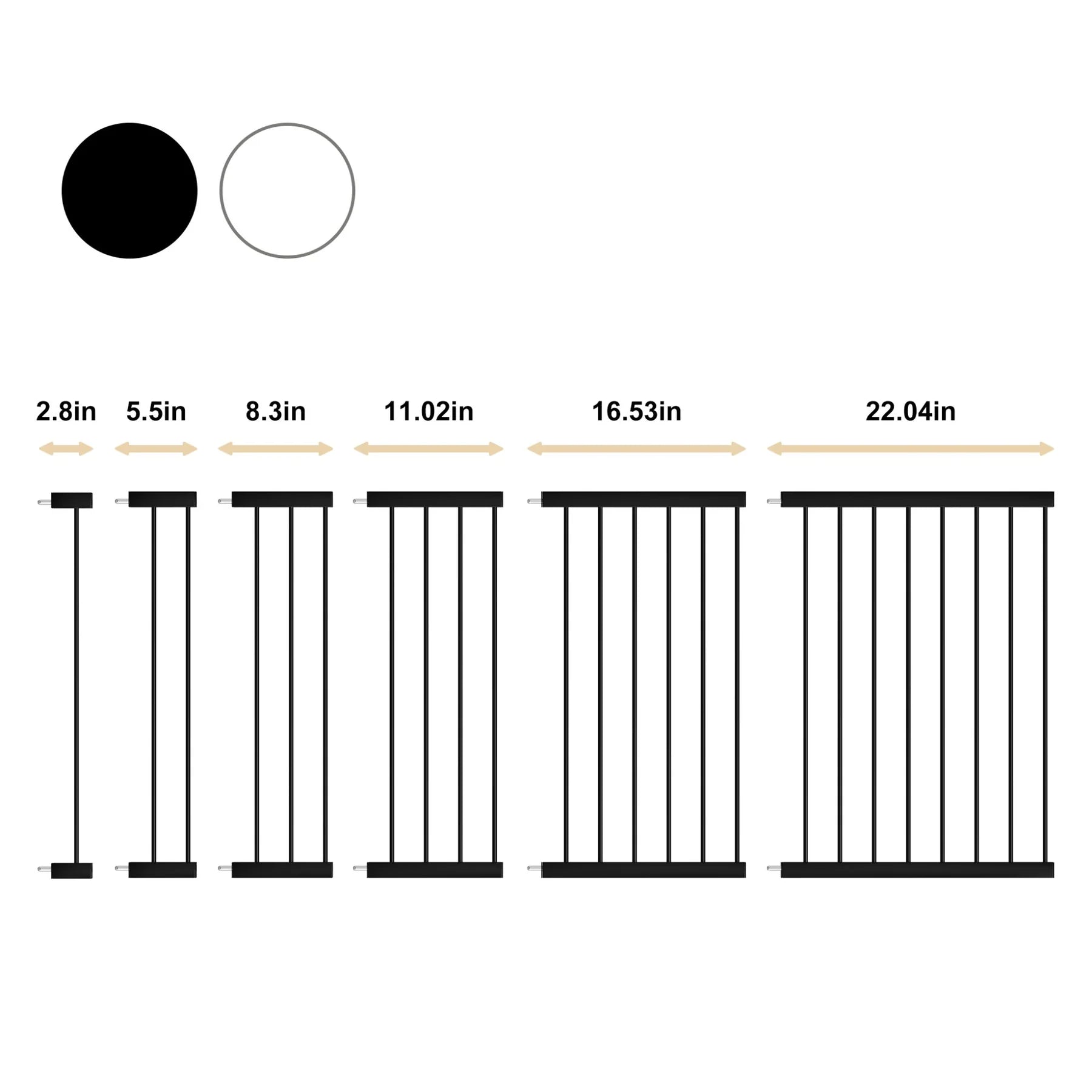6 Cute Short Leg Cats Breed That You Want to Have
In the enchanting world of feline companions, short-legged cats hold a special place in the hearts of cat lovers. These adorable creatures, with their unique physique and endearing personalities, have captivated the attention of many. Whether you're a seasoned cat owner or considering bringing a new furry friend into your home, exploring the variety of short-legged cat breeds can be a delightful journey. In this article, we'll introduce you to some of the most popular short-legged cats, highlighting their characteristics, origins, and why they might just be the perfect pet for you.
1. Munchkin

The Munchkin cat is the poster child for short-legged breeds, often described as the feline equivalent of a dachshund. What sets Munchkins apart are their short, stubby legs, which are the result of a natural genetic mutation. Despite their small stature, Munchkins are energetic, playful, and incredibly affectionate. They enjoy socializing with humans and other pets, making them excellent companions for families.
Munchkin cats, renowned for their unique short legs and adorable appearance, have captured the hearts of cat lovers worldwide. Originating from a natural genetic mutation, these cats exhibit a dachshund-like stature, which sets them apart from other feline breeds. Beyond their distinctive physical traits, Munchkins are known for their playful, affectionate, and outgoing personality, making them an ideal pet for families and singles alike.
Physical Characteristics and Personality Traits
A Munchkin cat's most noticeable feature is its short legs, which result from a genetic mutation affecting limb length. Despite their small stature, they are agile and love to run, play, and explore their surroundings. So better keep them within a cat gate but not too high. Munchkins come in various coat colors and patterns, accommodating a wide range of preferences. Personality-wise, they are sociable, loving, and enjoy being the center of attention, often following their owners around and participating in family activities.
Health Considerations for Munchkin Cats
While Munchkins are generally healthy, their unique physique brings specific health considerations. Their short legs can lead to an increased risk of spinal issues and osteoarthritis. Prospective and current owners should prioritize regular veterinary check-ups to monitor for signs of these conditions early on. Additionally, maintaining a healthy weight is crucial to minimize stress on their joints and spine.
Anecdotes from Munchkin Owners
Owners of Munchkin cats often share heartwarming stories about their pets' curious behavior, intelligence, and affectionate nature. From their amusing antics, such as perching on windowsills and navigating furniture with ease, to their loving companionship, Munchkins make a delightful addition to any home. These anecdotes highlight the breed's adaptable and spirited character, further showcasing why they are a beloved choice among cat enthusiasts.
Tips for Caring for Your Munchkin Cat
Caring for a Munchkin cat requires attention to their diet, exercise, and regular health checks:
- Diet: Feed them high-quality cat food appropriate for their age, size, and activity level to maintain optimal health.
- Exercise: Encourage regular play and activity to keep them fit and prevent obesity, which can exacerbate potential health issues.
- Veterinary Check-ups: Schedule regular visits to the vet for vaccinations, health screenings, and to monitor for any breed-specific issues.
Who Suits to Raise a Munchkin?
Raising a Munchkin cat is a joyful journey best suited for those who cherish the quirky and love to engage in playful antics. Ideal for families, singles, or seniors, Munchkins thrive in environments where their sociable nature and zest for life are celebrated. If you have a heart for interactive play and don’t mind a cat that demands your attention and affection, a Munchkin will fit perfectly into your life. Their adaptability makes them excellent companions for apartment dwellers or those with limited space, thanks to their small stature. However, they require owners who are mindful of their health needs, including regular veterinary check-ups to monitor for breed-specific issues. Whether you’re a seasoned cat lover or a first-time pet owner, if you’re committed to providing a nurturing, engaging, and loving home, a Munchkin cat could be your ideal furry friend.
2. Bambino

The Bambino cat, a remarkable blend of the Sphynx and Munchkin breeds, stands out with its hairless body and short stature. Developed in the early 21st century, this breed combines the playful and affectionate nature of the Sphynx with the distinctive short legs of the Munchkin, creating an irresistibly cute and unique pet.
Bambinos are known for their hairless, wrinkled skin and petite legs, which contribute to their distinctive appearance. Despite their small size, they have a robust and muscular build. Their temperament is as endearing as their look; Bambinos are social, loving, and thrive on interaction with their human companions.
Health and Mobility Misconceptions
Contrary to common beliefs, Bambino cats are agile and capable of jumping and playing like any other cat. Their short legs do not significantly hinder their mobility. That's why onwers better prepare a relatively tall cat gate around 40-60 inches. However, prospective owners should be mindful of skin care and temperature sensitivity due to their lack of fur.
Who Should Consider a Bambino?
Bambino cats are ideal for families and individuals looking for a sociable and affectionate pet. Their unique needs make them a perfect match for owners who can provide the attention and care their skin and energy levels demand.
Bambino vs. Munchkin: What's the Difference?
While both breeds share the trait of short legs, the Bambino sets itself apart with its hairless skin, inherited from the Sphynx parent. This key difference affects care requirements, with babies needing regular skin care and protection from extreme temperatures.
3. Scottish Fold Munchkin

Also known as Scottish Kilts, these cats are a mix between the Scottish Fold and the Munchkin, inheriting the short legs of the Munchkin and the unique, folded ears of the Scottish Fold. This combination results in a cat with an irresistibly cute appearance. Scottish Fold Munchkins are known for their gentle, calm demeanor and their ability to form strong bonds with their human companions. They are adaptable and can thrive in both quiet and active households.
4. Dwelf

The Dwelf cat is a rare and intriguing breed, combining the characteristics of the Munchkin, Sphynx, and American Curl. They are characterized by their short legs, hairless body, and curled ears. Dwelf cats are affectionate, playful, and enjoy being the center of attention. Their unique appearance and loving nature make them a captivating choice for those looking for an unconventional pet.
5. Genetta

Inspired by the African Genet, the Genetta cat is a relatively new breed that features the short legs of the Munchkin combined with the striking spotted coat of the Bengal. These cats are known for their agility, intelligence, and playful nature. Despite their wild appearance, Genettas are friendly, sociable, and enjoy engaging in interactive play with their human families.
6. Napoleon

The Napoleon (Minuet) breed, a delightful variety of short-leg cat, captivates with its blend of majestic beauty and playful personality. Originating from a cross between Munchkins and Persians or Exotic Shorthairs, Napoleons boast the best of both worlds: the distinctive short legs of the Munchkin and the luxurious fur of Persians, meeting specific breed standards that emphasize health and aesthetics. Known for their affectionate nature, these cats are cherished for their sociability and adaptability to indoor living, making them perfect companions. Caring for a Napoleon involves regular health screenings to prevent genetic conditions, alongside grooming and environmental enrichment. Their unique appearance and engaging demeanor make Napoleons a sought-after choice for those seeking a charismatic and loving short-leg cat.
Why Choose a Short-Legged Cat?
Short-legged cats are more than just their adorable looks; they bring joy, laughter, and companionship into your life. Their unique physical attributes do not hinder their ability to live full, happy lives. In fact, their playful and affectionate nature makes them perfect pets for a variety of homes, from apartments to houses with sprawling yards.
But do not forget to offer them a sweet home. That's why many short leg cat owners would choose our cat gate for short legs.
FAQs about Short-Leg Cats
1. Are Short-Leg Cats Healthy?
Short-leg cats, like Munchkins and Bambinos, often raise concerns about health due to their unique build. Generally, if bred responsibly, these cats can enjoy the same quality of life as other breeds. However, potential owners should be aware of specific issues like lordosis and pectus excavatum. Regular veterinary checks and a healthy lifestyle can mitigate many concerns. Ethical breeding practices are crucial in ensuring these cats lead long, happy lives, highlighting the importance of choosing reputable breeders.
2. Can Short-Leg Cats Jump and Climb?
Despite their short stature, short-leg cats possess surprising agility. Breeds like the Munchkin are known for their ability to jump and climb, albeit perhaps not as high as their longer-legged counterparts. Their playful and curious nature drives them to explore their environment fully, including climbing on furniture and playing with toys. Owners should provide various stimulating toys and climbing structures to support their natural instincts and ensure a fulfilling and active lifestyle.
3. How Do I Care for a Short-Leg Cat?
Caring for short-leg cats doesn't vastly differ from other breeds, but they do have specific needs. Regular grooming is essential, especially for hairless varieties like the Bambino, to maintain skin health. A balanced diet and regular exercise help manage weight and support overall health. Creating a warm, engaging environment with plenty of playtime and affection ensures their mental and physical well-being. Consultation with a vet for tailored health advice is always recommended to address any breed-specific concerns.
4. Are Short-Leg Cats Good with Children and Other Pets?
Short-leg cats are renowned for their sociable and affectionate demeanor, making them excellent family pets. They generally get along well with children, showing patience and a playful spirit. Their friendly nature also extends to other pets, including cats and dogs, making them a harmonious addition to multi-pet households. Proper introductions and supervised interactions are key to fostering positive relationships between pets and family members.
5. Where Can I Adopt a Short-Leg Cat?
Adopting a short-leg cat requires research to find a reputable source. While breed-specific rescues and shelters occasionally have these cats, they are more commonly found through specialized breeders. When choosing a breeder, look for those who prioritize health, temperament, and ethical breeding practices. Attend cat shows and events, or join breed-specific forums and social media groups to connect with the community and find adoption opportunities. Always prioritize adoption from sources that offer healthy, well-socialized animals to ensure a positive addition to your family.






Leave a comment